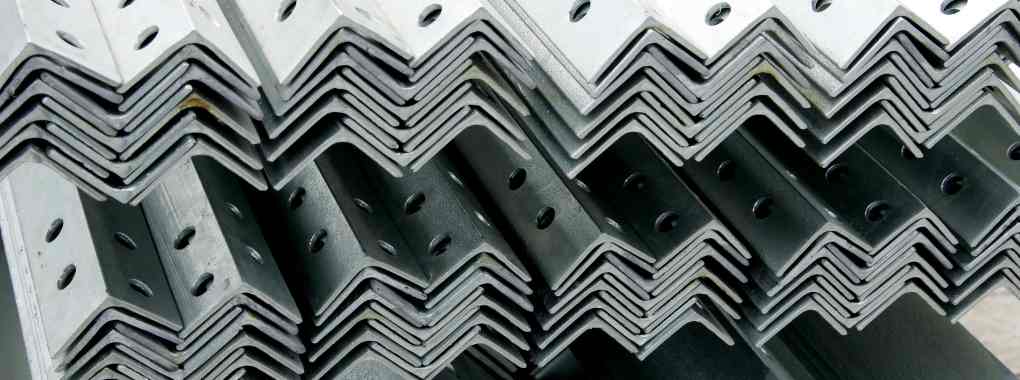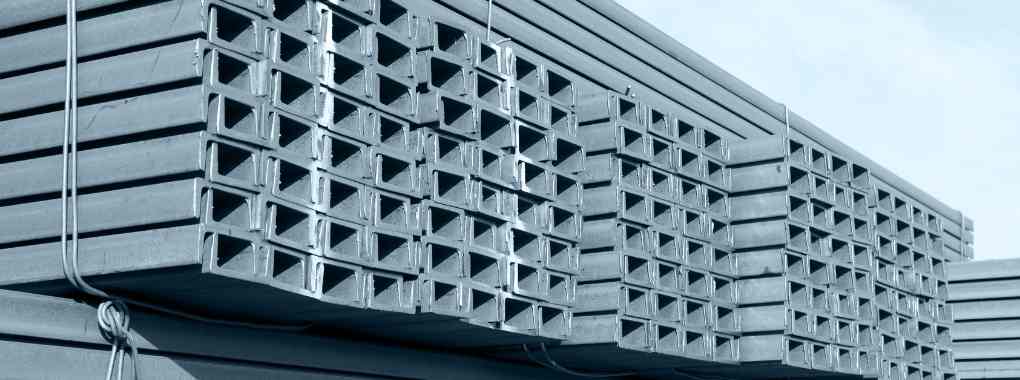Mô tả
1. OVERVIEW OF ANGLE STEEL
Angle steel, also known as L steel or V steel, is formed by bending a single angle in a steel piece. Angle steel has an "L"-shaped cross-section; the most common type is at a 90-degree angle. The legs of the “L” can either be equal or unequal in length. Angle steel is used for various purposes across different industries. Framing is one of the most common applications, but it is also widely used for brackets, decoration, reinforcement, and many other purposes. The larger the angle size, the greater its weight and stress capacity.
2. Manufacturing Process of Angle Steel
V-angle steel (V-shaped angle steel) is produced through a continuous rolling process from steel billets. The basic process is as follows: raw billet → reheating → shaping through a rolling mill system to form the V-shaped steel → dimensional adjustment to achieve precision and straightness → cutting into required lengths (standard 6m, 12m) → bundling and delivery to customers.
3. Features of Angle Steel
1. Angle steel is a versatile material that is not only affordable but also easy to use;
2. The 90-degree bend makes angle steel extremely strong and bending-resistant along its length, which allows it to easily support larger loads than similar thicknesses of flat steel.
3. Angle steel is considerably light and compact. Therefore, angle steel with reasonable price is the perfect product to use wherever weight and strength are a concern.
4. Parameter of Angle Steel
| Steel Grades |
Q235 / Q345, ASTM A36 / A572 GR.50, S235JR / S275JR / S355JR, SS400 / SS490 etc. |
| Size 1 | 20*20*2mm---200*200*25mm |
| Size 2 | 75*50*5.0mm---125*75*8.0mm |
5. Classification of Angle Steel
- Angle steel is available in various sizes, including equal and unequal angles. Depending on the manufacturing technology, they can be hot-rolled or bent. Rolled angles generally have higher strength, while bent angles are used when there is no heavy load requirement.
- Equal angle steel, also called V steel, has two legs of equal length. It is produced by several domestic mills such as An Khanh and Tisco, while larger sizes are mostly imported from China. Equal angle steel today is primarily cast steel, manufactured under various standards to meet different project and customer requirements.
- Unequal angle steel, also known as L steel, has legs of unequal length. It is made from steel plates and fabricated according to customer-specific dimensions. As a result, unequal angles have lower strength and load-bearing capacity compared to equivalent sizes of equal angles.
6. Application of Angle Steel
1.Construction Frameworks: Structural Support; Roof and Floor Joists
2. Reinforcement of Structures: Bracing Systems; Reinforcing Concrete
3. Manufacturing and Fabrication: Machinery and Equipment; Custom Metal Fabrication
4. Transportation Industry: Vehicle Frames; Shipbuilding
5. Utilities and Infrastructure: Transmission Towers; Railings and Fencing
6. Storage Systems: Shelving and Racking
7. Home and DIY Projects: Furniture and Décor
8. Agriculture: Farming Equipment
.png)


.jpg)
-480x320.jpg)

